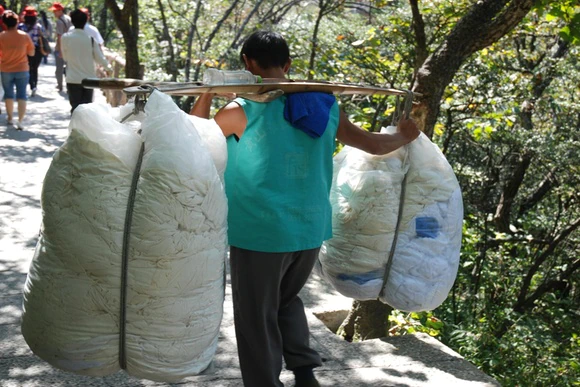
The complicated path to avoiding cotton from Xinjiang
With its slogan “We Care”, the mountaineering and trekking company Mammut casts itself as a pioneer of sustainability. None of its products is manufactured in the Chinese province of Xinjiang, and none of the cotton it processes comes from this region, the Swiss company wrote in May 2022.
It has become increasingly difficult for businesses to turn a blind eye to the plight of cotton pickers in Xinjiang. The United Nations suspects crimes against humanity. The United States has introduced an import ban; and the European Commission is seeking to adopt a similar instrument. In Switzerland, the federal parliament is considering whether to extend a newly adopted law to cover forced labour.
Customers too are increasingly concerned about supply chains. China is the largest cotton producer in the world and almost all of its cotton fields are located in the province that the UN says is home to internment camps. There is also evidence that ethnic minority Uyghurs are being forced to work in the country’s textile industry.
Avoiding products from suppliers that trample on human rights, however, is complicated. Trade routes are long and convoluted, and the origin of the fibres opaque.
“Separating out Xinjiang cotton is extremely difficult,” says Dorothée Baumann-Pauly, director of the Geneva Centre for Business and Human Rights. “It is surprising how complex the cotton supply chain is. Important manufacturing sites like Bangladesh have no cotton production in-country, so they import everything. Raw cotton is traded by the bale in Dubai. There are multiple mixing points along the way.”
